The circuit shownin Fig. 7.33 contains a battery , a rheostat , and two identical lamps. What will happen to the brightness of the lamps if the resistance of the rheostat is increased?
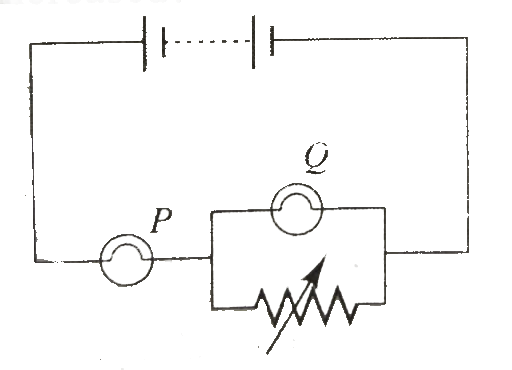
Lamp P - Less bright , Lamp Q - Brighter
Lamp P - Less brighter , Lamp Q - Less brighter
Lamp P - Brighter , Lamp Q - Less brighter
Lamp P - No change , Lamp Q - Brighter
The correct Answer is:A
Consider two extreme cases : (i) When the resistance of the rheostat is zero , the current through Q is zero since Q is short - circuited. The circuit is then essentially a battery in series with lamp P.(ii) When the resistance of the rheostat is very large, almost no current flows through it . So the currents through PandQ are almost equal . The circuit is essentially a battery in series with lamps PandQ
Topper's Solved these Questions
- HEATING EFFECT OF CURRENTBOOK - CENGAGE PHYSICS ENGLISHCHAPTER - HEATING EFFECT OF CURRENTEXERCISE - Multiple Correct
5 Videos
- HEATING EFFECT OF CURRENTBOOK - CENGAGE PHYSICS ENGLISHCHAPTER - HEATING EFFECT OF CURRENTEXERCISE - Assertion - Reasoning
6 Videos
- HEATING EFFECT OF CURRENTBOOK - CENGAGE PHYSICS ENGLISHCHAPTER - HEATING EFFECT OF CURRENTEXERCISE - Subjective
8 Videos
- GEOMETRICAL OPTICSBOOK - CENGAGE PHYSICS ENGLISHCHAPTER - GEOMETRICAL OPTICSEXERCISE - Integer Type
4 Videos
- INDUCTANCEBOOK - CENGAGE PHYSICS ENGLISHCHAPTER - INDUCTANCEEXERCISE - Concept Based
8 Videos
Similar Questions
In the circuit, shown in fig. what will be the effect on the brightness of blub if frequency of the source ω is increased?
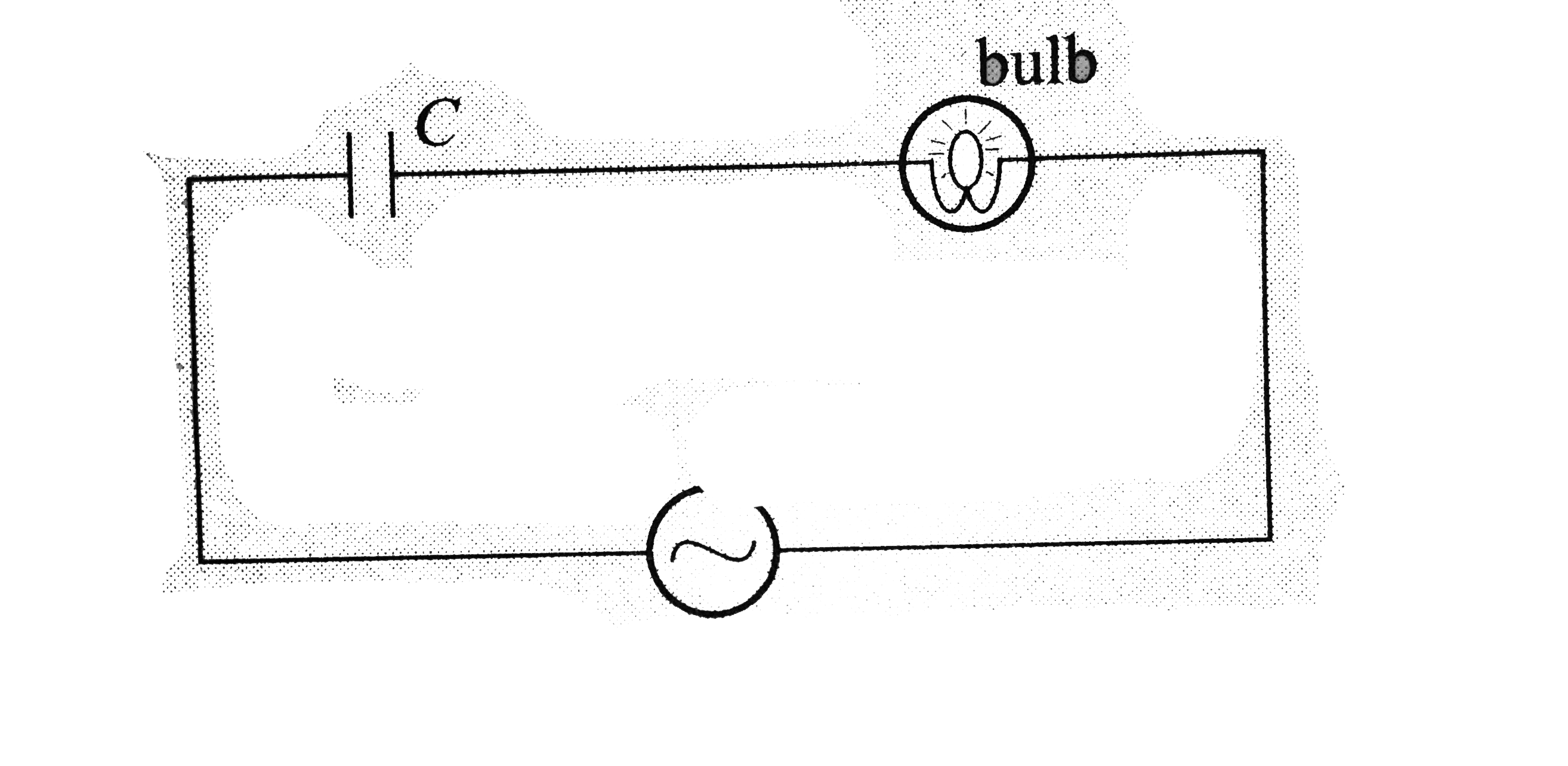
View SolutionAnswer the following:
(i) When an AC source is connected to an ideal inductor show that the average power supplied by the source every complete cycle is zero.
(ii) A lamp is connected in series with an inductor and an AC source. What happens to the brightness of the lamp when the key is plugged in and an iron rod is inserted in the inducutor ? Explain.
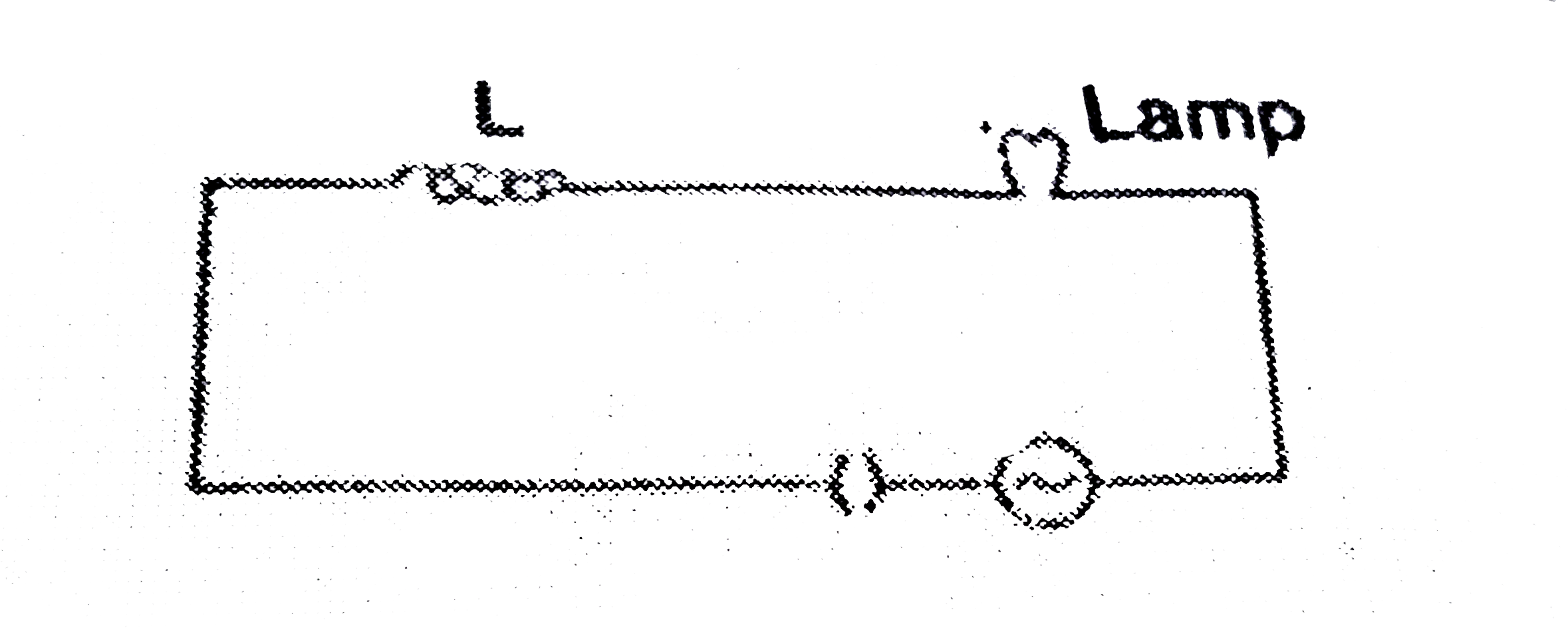
View SolutionIn the circuit shown in fig. 7.24 , all the resistors are rated at a maximum power of 1.00W. What is the maximum emfε that the battery can have without burning up any of the resistors?
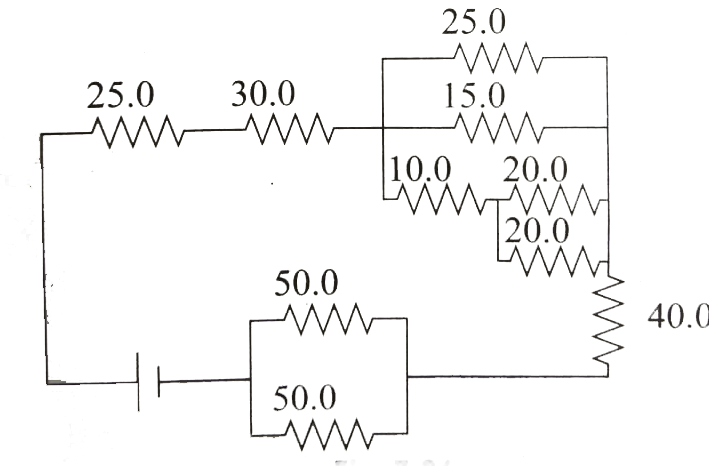
View SolutionIf emf of battery is 100V, then what was the resistance of Rheostat adjusted at reading (i=2A, V=20V)
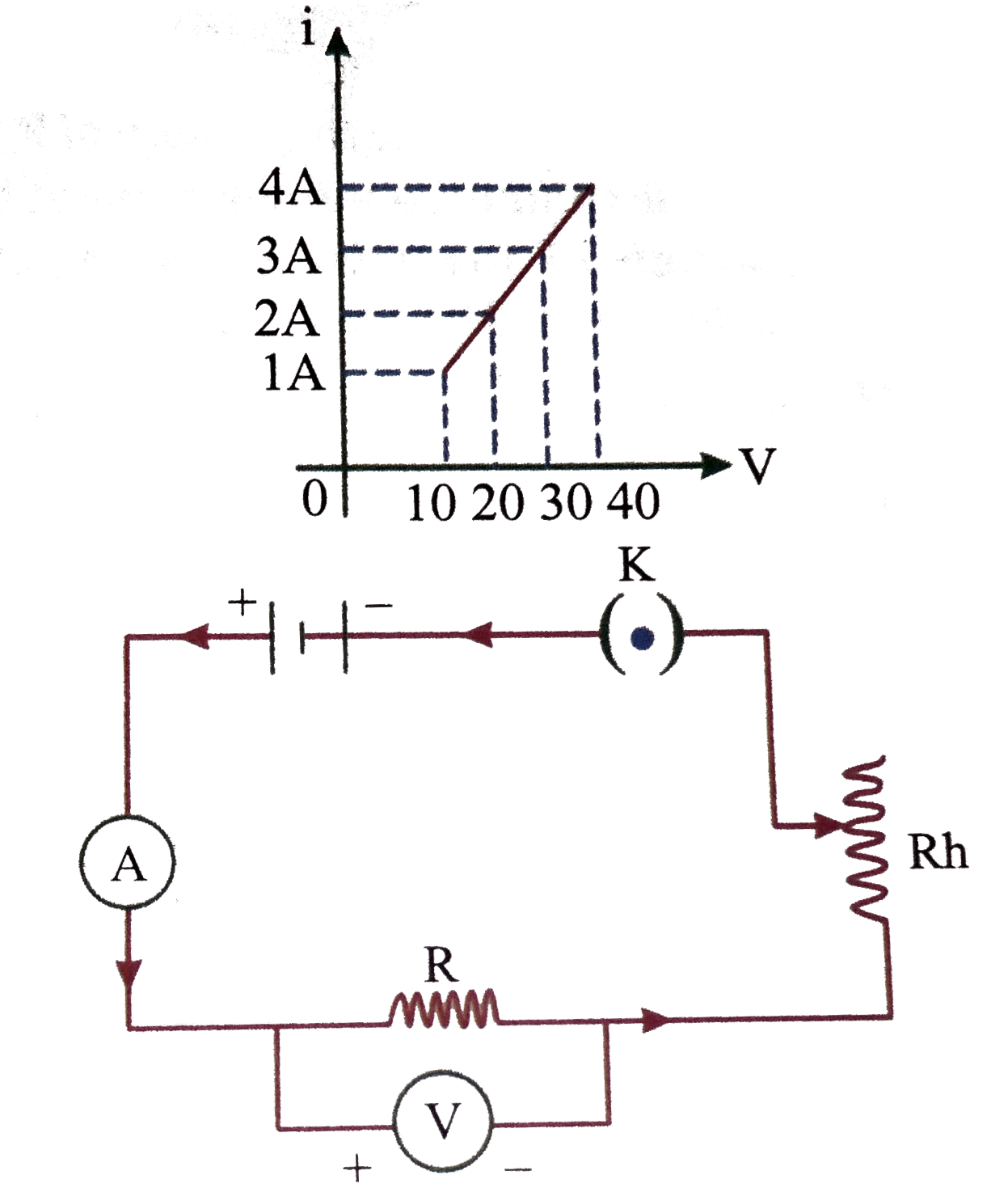
View SolutionIn the given circuit diagram, a voltmeter 'V' is connected across a lamp 'L'. How would (i) the brightness of the lamp and (ii) voltmeter reading 'V' be affected, if the value of resistance 'R' is decreased ? Justify your answer.
View Solution(a) A current of 1A flows in a series curcuit containing an electric lamp and a conductor of 5Ω when connected to a 10V battery. Calculate the resistance of the electric lamp.
(b) Now if a resistance of 10Ω is connected in parallel with this series combination, what change (if any) in current flowing through 5Ω conductor and potential difference across the lamp will take place ? Give reason.
View SolutionB1,B2andB3 are the three identical bulbs connected to a battery of steady emf with key K closed. What happens to the brightness of the bulbs B1 and B2 when the key is opened?

View SolutionThe circuit shown in figure (1) Contains two diodes each with a forward resistance of 50ohm and with infinite reverse resistance. If the battery voltage is 6V, the current through the 100ohm resistance is.
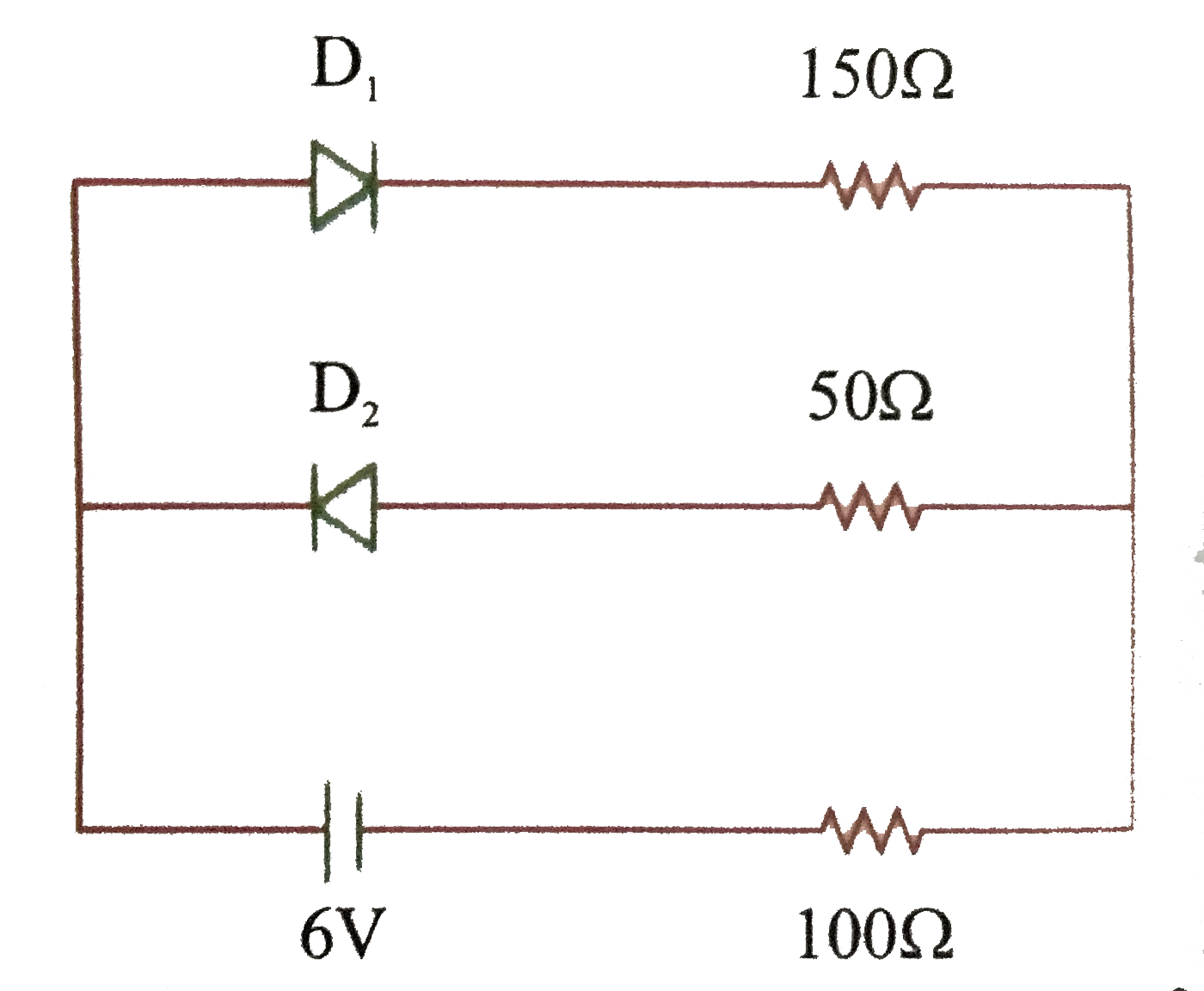 .
.
View SolutionThe circuit shown in figure contains two diodes each with a forward resistance of 50Ω and infinite reverse resistance.If the battery voltage is 6 v ,then the current through the 100Ω resistance is
View SolutionThe circuit shows in Fig . 6.33 shows the use of potentiometer to measure the internal resistance of a cell.
(a) When the key is open, how does the balance point change, if the driver cell decreases ?
(b) When the key is closed, how does the balance point change, if R is increased, keeping the current from the driver cell constant ?
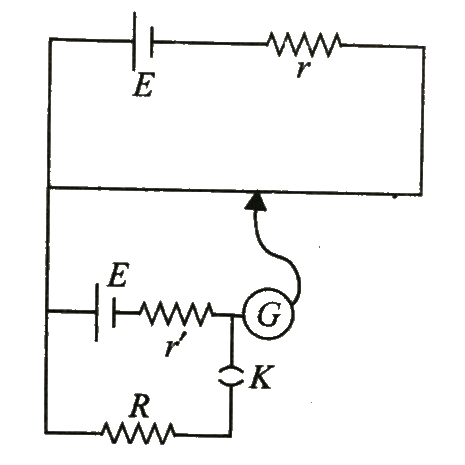
View Solution
